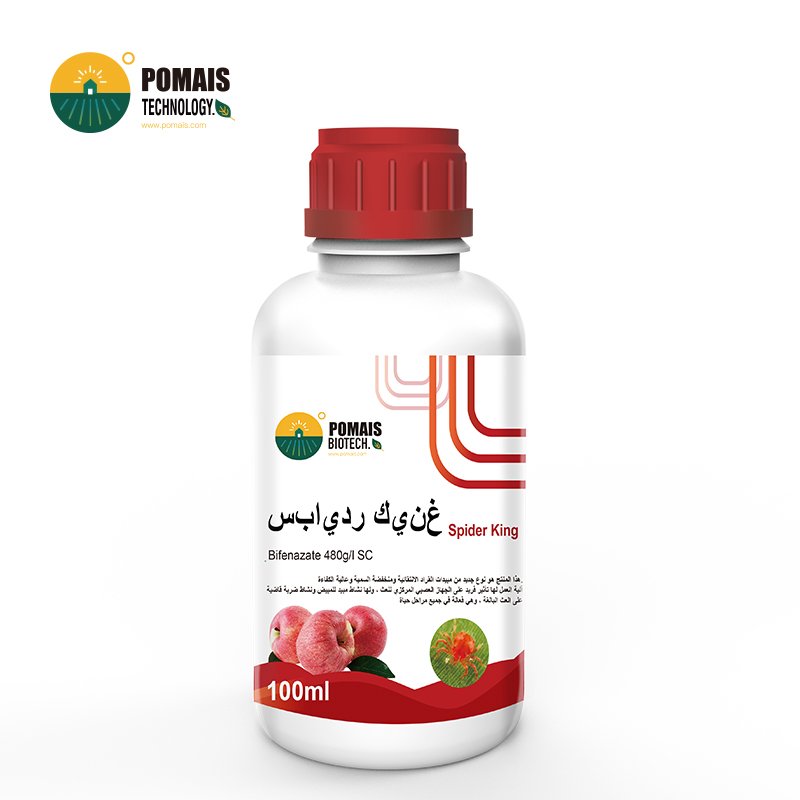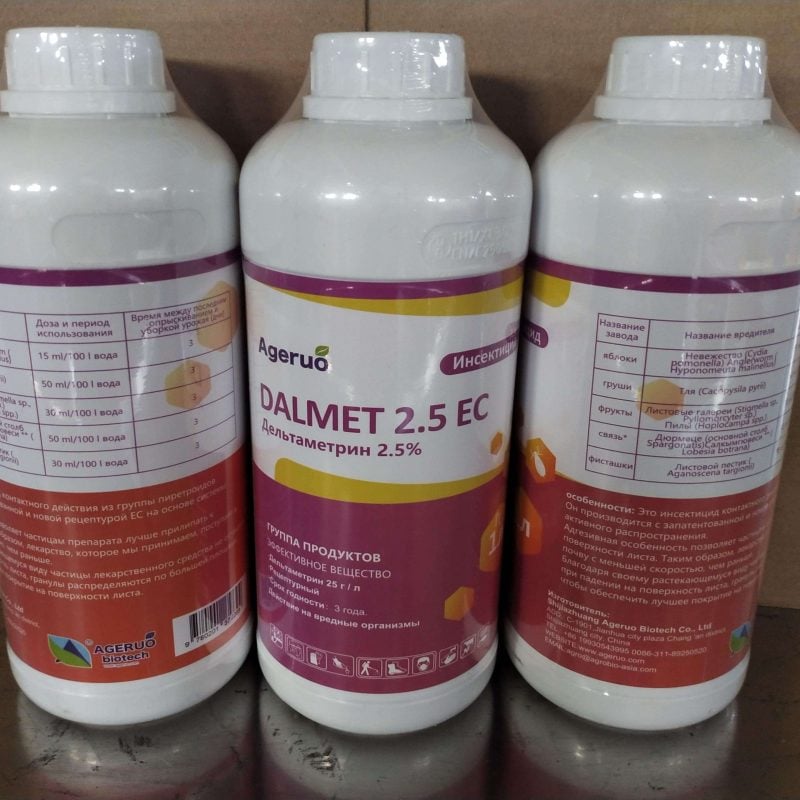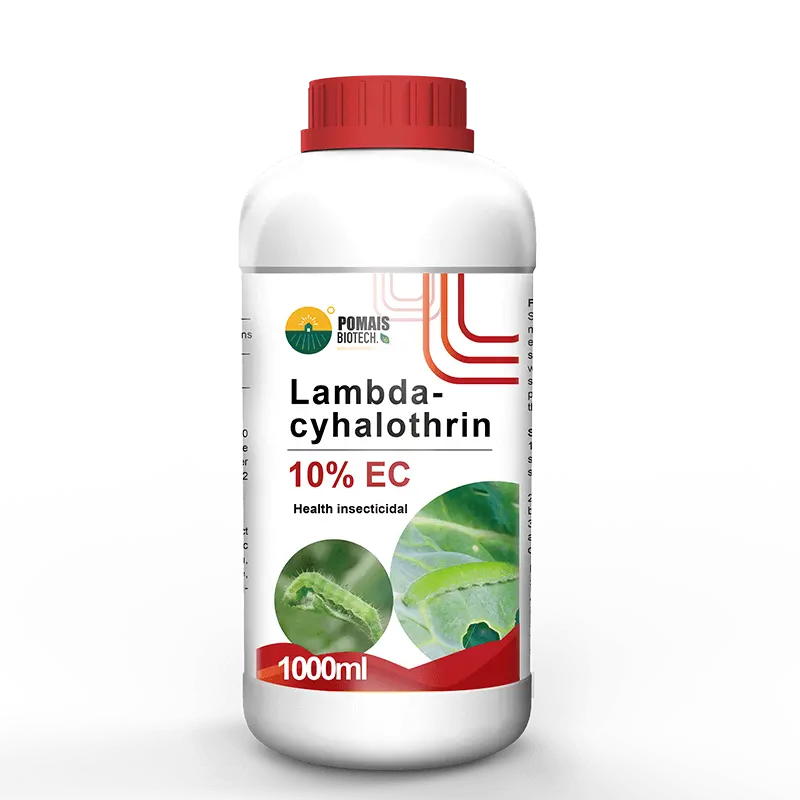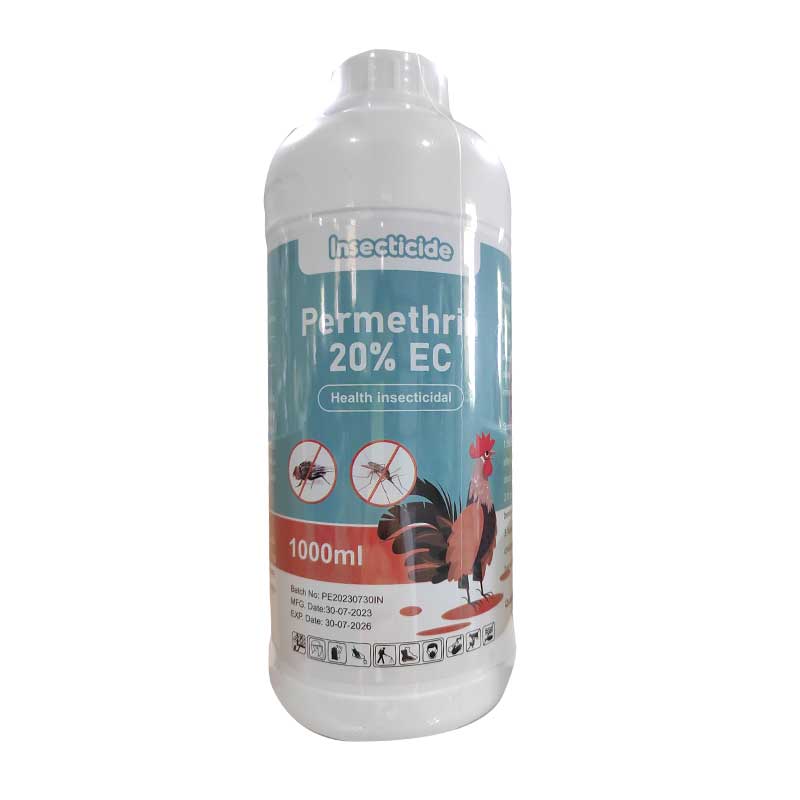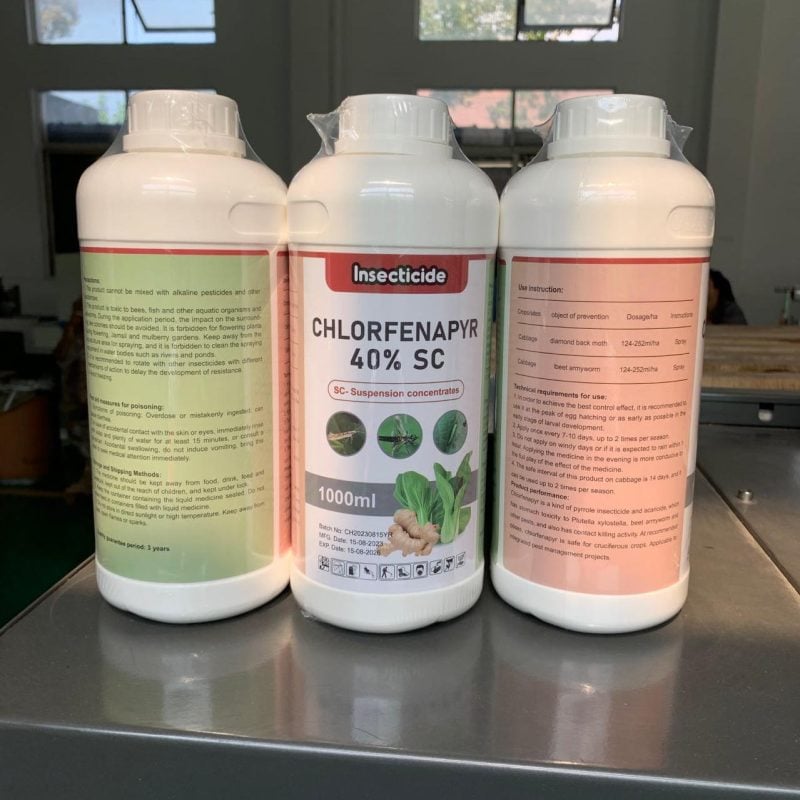Brown Recluse in California? Simple ID & Safety Guide
There are no brown recluse populations in California. Most “recluse bites” here are misdiagnosed skin problems. This guide shows how to spot a true recluse, common look-alikes, and safe, simple steps you can take at home. Use non-chemical actions first. For any treatment, follow the label and local rules, and contact a licensed professional if needed.
Identification — Simple Checklist
A true recluse must have ALL of these:
- Six eyes in 3 pairs (most spiders have 8).
- Plain abdomen: one color, fine hairs, no pattern.
- No leg spines (legs look smooth, just fine hairs).
- Plain legs: no rings, no stripes, no spots.
- Small body: up to 3/8 inch (about 9–10 mm) long.
Fast rule-out (10-second check):
- Count 8 eyes? Not a recluse.
- See bold stripes/rings on legs? Not a recluse.
- See a patterned abdomen? Not a recluse.
- Only the “violin” mark? That does not prove recluse.
How to check safely:
- Capture, don’t crush: glass + card, then photo.
- Use a clear, close photo of the head (eyes) and legs.
- If you cannot confirm all 5 traits, treat it as not a recluse and move on to simple prevention steps.
Look-Alikes — Common Spiders People Mistake for Recluses
If it has 8 eyes or striped/patterned legs or belly, it is not a recluse.
Very common look-alikes
- Cellar spiders (long-leg “daddy longlegs” type): 8 eyes, thin legs, hangs in messy webs. Not a recluse.
- Wolf spiders: fast runners, big eye rows, striped legs. Not a recluse.
- Sac spiders (yellow/tan): small, 8 eyes, may nip, but not a recluse.
- Ground / grass / orb-weaver spiders: brown or patterned, often with ringed legs; orb-weavers make round webs. Not recluses.
- False black widow (Steatoda grossa) and male black widow: darker body; 8 eyes. Not recluses.
- Zoropsis and Titiotus (large brown house spiders): common indoors in CA; patterned body; 8 eyes. Not recluses.
Six-eyed but still not recluses
- Spitting spiders (Scytodes): 6 eyes in pairs but spotted body and a domed head.
- Woodlouse spider (Dysdera): 6 eyes in two groups of three (not 3 pairs), red jaws, smooth shiny look.
Quick compare (10-second table)
| If you see… | Likely group | Why it’s not a recluse |
|---|---|---|
| 8 eyes total | Most house spiders | Recluses have 6 eyes only |
| Striped or ringed legs | Wolf/grass/orb-weavers | Recluses have plain legs |
| Patterned abdomen | Many house spiders | Recluses have plain abdomen |
| Big round web in a doorway | Orb-weaver | Recluses don’t make big orb webs |
| “Violin” mark but 8 eyes | Look-alike | The violin is not reliable |
What to do: Capture with cup + card, take a clear photo of eyes and legs, and use the recluse checklist. If it fails any checklist item, move on to simple prevention steps.
Where They Live — Simple Range Guide
- Brown recluse (Loxosceles reclusa): lives in the Midwest and South.
Not established in California. A single stowaway does not mean a local population. - In California (rare cases):
- Desert recluse (L. deserta): Sonoran/Mojave deserts and nearby low foothills. Few homes.
- Chilean recluse (L. laeta): small pockets in older Los Angeles commercial basements. Not spreading.
- Mediterranean recluse (L. rufescens): interceptions only in cargo. No established populations.
- What this means for your home:
If you live outside desert zones or LA basement pockets, recluse risk is near zero. Most “brown spiders” in homes are look-alikes. - Before any control:
Confirm ALL ID points (6 eyes in 3 pairs, plain abdomen, no leg spines, plain legs, small body).
Use non-chemical steps first (clutter, sealing, traps). For treatment, follow the label and local rules and call a licensed pro only after true confirmation.
Habitat & Life — Where They Hide and How They Behave
- Shy and nocturnal. They hide in the day. They come out at night to hunt.
- Clutter lovers. Best places: boxes, woodpiles, stacked lumber, tarps, tires, storage bins, garage corners.
- Indoor retreats. Quiet spots: closets, under furniture, behind pictures, inside cardboard.
- Webs are small. Not big round webs. Just small silk retreats and short trip lines.
- Males wander. They roam at night to find females. This is when people may see them.
- Clothes and shoes risk. A spider may hide in shoes or clothing left on the floor.
- Bed contact. Bites can happen if a spider is trapped in sheets. Keep the bed off the wall; no bed skirt.
- Long-lived, low needs. They can live 2–4 years and survive months without food.
- If present, often many. In the right setting, you rarely have just one.
Simple prevention from habitat facts:
Cut clutter. Lift storage off the floor. Use sealed plastic bins. Shake out shoes and clothes. Seal gaps at doors and pipes. Place sticky traps along baseboards to monitor.
Health & Bites — Simple Care
- Most bites are mild. Redness, tender skin, small sore. Many “bites” are not from spiders.
- Serious sores are rare. If a deep ulcer forms or pain spreads, get medical care fast.
- Many sores at once? Think infection (for example, MRSA) or other pests. See a doctor.
First aid for minor cases (RICE):
- Rest the area.
- Cold pack (not ice direct) for 10–15 minutes, on and off.
- Compression with a light bandage if swollen.
- Elevation above the heart to reduce swelling.
Also: wash with soap and water. Do not cut, lance, or “suck out” anything.
When to see a doctor now:
- Fever, chills, vomiting, or fast-spreading redness.
- A black center or growing open wound.
- Bite on the face, hands, or genitals.
- Children, elderly, or immune-compromised persons.
- You are simply worried—get checked.
Keep evidence if safe:
Catch with cup + card or take a clear photo (eyes and legs). This helps ID and avoids wrong treatment.
What To Do — Non-chemical First
- Cut clutter. Clear piles of boxes, wood, tarps, tires, bags—especially near walls and in the garage.
- Smart storage. Use sealed plastic bins. Keep bins off the floor on shelves or pallets.
- Seal entry points. Caulk gaps at doors, pipes, and cables. Add door sweeps. Fix torn screens.
- Bed setup. Move the bed away from the wall. Remove bed skirts. Keep nothing under the bed.
- Clothes & shoes. Don’t leave them on the floor. Shake out before use. Store seasonal gear in closed bins.
- Sticky traps (monitoring). Place along baseboards and behind furniture (away from kids and pets). Check weekly.
- Catch, don’t crush. Use cup + card to capture; take a clear photo of eyes and legs for ID.
- Outdoor cleanup. Move woodpiles and junk away from the house. Keep foundation clear.
- Housekeeping. Vacuum corners, closets, and under furniture. Remove webbing and dead insects (spider food).
- When to call a pro. After you confirm real recluse signs (all 5 ID points) or you keep catching similar spiders indoors.
Recluse & Household Spider Control — Active Ingredients (Client-Ready)
Chemicals are a supporting layer. Pair with decluttering, web removal, sealing, and sticky-trap monitoring. Always follow the label and local regulations. No rates/brands provided.
Primary residuals (perimeter & crack/crevice)
- Bifenthrin (IRAC 3A) — long residual; perimeter bands and foundation bases.
- Deltamethrin (IRAC 3A) — durable residual; crack/crevice along baseboards, frames.
- Lambda-cyhalothrin (IRAC 3A) — often microencapsulated; weather-tolerant exterior belts.
- Cyfluthrin / Cypermethrin / Permethrin (IRAC 3A) — knockdown + residual for general perimeter/interior edges.
Non-repellent / specialty residuals (tough sites)
- Chlorfenapyr (IRAC 13) — non-neurotoxic pathway; effective in low-visibility harborages; slower onset, solid longevity.
- Etofenprox (IRAC 3A, ether pyrethroid) — lower odor, good material compatibility; indoor boundaries per label.
Direct knockdown (on-sight)
- Pyrethrins — fast knockdown, short residual; use for direct spray/flush, then let residuals take over.
- Aerosol/foam crack-and-crevice products (commonly 3A/13 blends) — targeted injection into voids, frames, outlet surrounds.
Physical/mineral dusts (long residual, low odor)
- Silica gel and Diatomaceous earth — cut waxy cuticle → desiccation; very long residual in voids, attics, crawlspaces. Use PPE; avoid dust overexposure.
| Active ingredient | IRAC | Role | Best use | Note |
|---|---|---|---|---|
| Bifenthrin | 3A | Residual perimeter | Exterior bands, foundation | Long residual; mild repellency |
| Deltamethrin | 3A | Residual C&C | Baseboards, frames, seams | Pair with web removal |
| Lambda-cyhalothrin | 3A | Residual (often microencapsulated) | Doors/windows, siding | Weather-tolerant belts |
| Cyfluthrin / Cypermethrin / Permethrin | 3A | Residual/contact | General perimeter & edges | Knockdown + residual |
| Chlorfenapyr | 13 | Non-repellent residual | Hidden harborages/voids | Slower onset; strong persistence |
| Etofenprox | 3A | Low-odor residual | Indoor boundary lines | Follow label constraints |
| Pyrethrins | — | Fast knockdown | Direct spray on sight | Short residual—bridge to residuals |
| Silica gel / DE | — | Desiccant dust | Voids, attics, crawlspaces | Very long residual; PPE/dust control |
Rumors and facts
| Rumors | Fact |
|---|---|
| “Brown recluses live all over California.” | False. No established populations in California. |
| “The violin mark proves it’s a recluse.” | False. Best ID is 6 eyes in 3 pairs + plain body/legs + no leg spines + small size. |
| “One brown spider indoors = infestation.” | Not necessarily. Most brown house spiders are look-alikes. Confirm all 5 ID points first. |
| “Many skin sores = many spider bites.” | Unlikely. Often infection (e.g., MRSA) or other pests. See a doctor. |
| “Foggers will clear spiders.” | No. Spiders hide in cracks/boxes; foggers miss them. Use clutter control, sealing, traps first. |
| “Sticky traps attract spiders.” | No. They catch spiders that wander; they don’t attract them. |
| “All brown spiders are dangerous.” | No. Most are harmless. Eye pattern and plain legs/abdomen matter for ID. |
| “Pesticides are the first step.” | No. Non-chemical steps come first. If using any product, follow the label and local rules. |
If it fails any ID item, treat it as not a recluse and move on to simple prevention. Call a licensed professional only after true confirmation.
FAQ — Quick Answers
Q1. Are brown recluses common in California?
No. There are no established populations in California.
Q2. How do I tell a real recluse fast?
Look for 6 eyes in 3 pairs, plain abdomen, no leg spines, plain legs, small body (≤3/8″). All five must be true.
Q3. I see a “violin” mark. Is that proof?
No. The violin mark is not reliable. Use the eye pattern and the plain legs/abdomen rules.
Q4. I have multiple skin sores. Is that spiders?
Usually not. Many cases are infections (e.g., MRSA) or other pests. See a doctor.
Q5. Do I need pesticides right away?
No. Start with clutter control, sealing, smart storage, sticky traps. If you later use a product, follow the label and local rules or call a licensed professional.
Glossary
- Recluse (Loxosceles): a small, shy spider group.
- Dyads: 6 eyes in 3 pairs (recluse pattern).
- Synanthropic: lives near people and buildings.
- RICE: Rest, Cold, Compression, Elevation (simple first aid).
- Look-alike: a spider that looks similar but is not a recluse.
- Sticky trap: a glue board that catches wandering spiders and insects.
There are no brown recluse populations in California. Most “recluse bites” here are misdiagnosed skin problems. This guide shows how to spot a true recluse, common look-alikes, and safe, simple steps you can take at home. Use non-chemical actions first. For any treatment, follow the label and local rules, and contact a licensed professional if needed.
Identification — Simple Checklist
A true recluse must have ALL of these:
- Six eyes in 3 pairs (most spiders have 8).
- Plain abdomen: one color, fine hairs, no pattern.
- No leg spines (legs look smooth, just fine hairs).
- Plain legs: no rings, no stripes, no spots.
- Small body: up to 3/8 inch (about 9–10 mm) long.
Fast rule-out (10-second check):
- Count 8 eyes? Not a recluse.
- See bold stripes/rings on legs? Not a recluse.
- See a patterned abdomen? Not a recluse.
- Only the “violin” mark? That does not prove recluse.
How to check safely:
- Capture, don’t crush: glass + card, then photo.
- Use a clear, close photo of the head (eyes) and legs.
- If you cannot confirm all 5 traits, treat it as not a recluse and move on to simple prevention steps.
Look-Alikes — Common Spiders People Mistake for Recluses
If it has 8 eyes or striped/patterned legs or belly, it is not a recluse.
Very common look-alikes
- Cellar spiders (long-leg “daddy longlegs” type): 8 eyes, thin legs, hangs in messy webs. Not a recluse.
- Wolf spiders: fast runners, big eye rows, striped legs. Not a recluse.
- Sac spiders (yellow/tan): small, 8 eyes, may nip, but not a recluse.
- Ground / grass / orb-weaver spiders: brown or patterned, often with ringed legs; orb-weavers make round webs. Not recluses.
- False black widow (Steatoda grossa) and male black widow: darker body; 8 eyes. Not recluses.
- Zoropsis and Titiotus (large brown house spiders): common indoors in CA; patterned body; 8 eyes. Not recluses.
Six-eyed but still not recluses
- Spitting spiders (Scytodes): 6 eyes in pairs but spotted body and a domed head.
- Woodlouse spider (Dysdera): 6 eyes in two groups of three (not 3 pairs), red jaws, smooth shiny look.
Quick compare (10-second table)
| If you see… | Likely group | Why it’s not a recluse |
|---|---|---|
| 8 eyes total | Most house spiders | Recluses have 6 eyes only |
| Striped or ringed legs | Wolf/grass/orb-weavers | Recluses have plain legs |
| Patterned abdomen | Many house spiders | Recluses have plain abdomen |
| Big round web in a doorway | Orb-weaver | Recluses don’t make big orb webs |
| “Violin” mark but 8 eyes | Look-alike | The violin is not reliable |
What to do: Capture with cup + card, take a clear photo of eyes and legs, and use the recluse checklist. If it fails any checklist item, move on to simple prevention steps.
Where They Live — Simple Range Guide
- Brown recluse (Loxosceles reclusa): lives in the Midwest and South.
Not established in California. A single stowaway does not mean a local population. - In California (rare cases):
- Desert recluse (L. deserta): Sonoran/Mojave deserts and nearby low foothills. Few homes.
- Chilean recluse (L. laeta): small pockets in older Los Angeles commercial basements. Not spreading.
- Mediterranean recluse (L. rufescens): interceptions only in cargo. No established populations.
- What this means for your home:
If you live outside desert zones or LA basement pockets, recluse risk is near zero. Most “brown spiders” in homes are look-alikes. - Before any control:
Confirm ALL ID points (6 eyes in 3 pairs, plain abdomen, no leg spines, plain legs, small body).
Use non-chemical steps first (clutter, sealing, traps). For treatment, follow the label and local rules and call a licensed pro only after true confirmation.
Habitat & Life — Where They Hide and How They Behave
- Shy and nocturnal. They hide in the day. They come out at night to hunt.
- Clutter lovers. Best places: boxes, woodpiles, stacked lumber, tarps, tires, storage bins, garage corners.
- Indoor retreats. Quiet spots: closets, under furniture, behind pictures, inside cardboard.
- Webs are small. Not big round webs. Just small silk retreats and short trip lines.
- Males wander. They roam at night to find females. This is when people may see them.
- Clothes and shoes risk. A spider may hide in shoes or clothing left on the floor.
- Bed contact. Bites can happen if a spider is trapped in sheets. Keep the bed off the wall; no bed skirt.
- Long-lived, low needs. They can live 2–4 years and survive months without food.
- If present, often many. In the right setting, you rarely have just one.
Simple prevention from habitat facts:
Cut clutter. Lift storage off the floor. Use sealed plastic bins. Shake out shoes and clothes. Seal gaps at doors and pipes. Place sticky traps along baseboards to monitor.
Health & Bites — Simple Care
- Most bites are mild. Redness, tender skin, small sore. Many “bites” are not from spiders.
- Serious sores are rare. If a deep ulcer forms or pain spreads, get medical care fast.
- Many sores at once? Think infection (for example, MRSA) or other pests. See a doctor.
First aid for minor cases (RICE):
- Rest the area.
- Cold pack (not ice direct) for 10–15 minutes, on and off.
- Compression with a light bandage if swollen.
- Elevation above the heart to reduce swelling.
Also: wash with soap and water. Do not cut, lance, or “suck out” anything.
When to see a doctor now:
- Fever, chills, vomiting, or fast-spreading redness.
- A black center or growing open wound.
- Bite on the face, hands, or genitals.
- Children, elderly, or immune-compromised persons.
- You are simply worried—get checked.
Keep evidence if safe:
Catch with cup + card or take a clear photo (eyes and legs). This helps ID and avoids wrong treatment.
What To Do — Non-chemical First
- Cut clutter. Clear piles of boxes, wood, tarps, tires, bags—especially near walls and in the garage.
- Smart storage. Use sealed plastic bins. Keep bins off the floor on shelves or pallets.
- Seal entry points. Caulk gaps at doors, pipes, and cables. Add door sweeps. Fix torn screens.
- Bed setup. Move the bed away from the wall. Remove bed skirts. Keep nothing under the bed.
- Clothes & shoes. Don’t leave them on the floor. Shake out before use. Store seasonal gear in closed bins.
- Sticky traps (monitoring). Place along baseboards and behind furniture (away from kids and pets). Check weekly.
- Catch, don’t crush. Use cup + card to capture; take a clear photo of eyes and legs for ID.
- Outdoor cleanup. Move woodpiles and junk away from the house. Keep foundation clear.
- Housekeeping. Vacuum corners, closets, and under furniture. Remove webbing and dead insects (spider food).
- When to call a pro. After you confirm real recluse signs (all 5 ID points) or you keep catching similar spiders indoors.
Recluse & Household Spider Control — Active Ingredients (Client-Ready)
Chemicals are a supporting layer. Pair with decluttering, web removal, sealing, and sticky-trap monitoring. Always follow the label and local regulations. No rates/brands provided.
Primary residuals (perimeter & crack/crevice)
- Bifenthrin (IRAC 3A) — long residual; perimeter bands and foundation bases.
- Deltamethrin (IRAC 3A) — durable residual; crack/crevice along baseboards, frames.
- Lambda-cyhalothrin (IRAC 3A) — often microencapsulated; weather-tolerant exterior belts.
- Cyfluthrin / Cypermethrin / Permethrin (IRAC 3A) — knockdown + residual for general perimeter/interior edges.
Non-repellent / specialty residuals (tough sites)
- Chlorfenapyr (IRAC 13) — non-neurotoxic pathway; effective in low-visibility harborages; slower onset, solid longevity.
- Etofenprox (IRAC 3A, ether pyrethroid) — lower odor, good material compatibility; indoor boundaries per label.
Direct knockdown (on-sight)
- Pyrethrins — fast knockdown, short residual; use for direct spray/flush, then let residuals take over.
- Aerosol/foam crack-and-crevice products (commonly 3A/13 blends) — targeted injection into voids, frames, outlet surrounds.
Physical/mineral dusts (long residual, low odor)
- Silica gel and Diatomaceous earth — cut waxy cuticle → desiccation; very long residual in voids, attics, crawlspaces. Use PPE; avoid dust overexposure.
| Active ingredient | IRAC | Role | Best use | Note |
|---|---|---|---|---|
| Bifenthrin | 3A | Residual perimeter | Exterior bands, foundation | Long residual; mild repellency |
| Deltamethrin | 3A | Residual C&C | Baseboards, frames, seams | Pair with web removal |
| Lambda-cyhalothrin | 3A | Residual (often microencapsulated) | Doors/windows, siding | Weather-tolerant belts |
| Cyfluthrin / Cypermethrin / Permethrin | 3A | Residual/contact | General perimeter & edges | Knockdown + residual |
| Chlorfenapyr | 13 | Non-repellent residual | Hidden harborages/voids | Slower onset; strong persistence |
| Etofenprox | 3A | Low-odor residual | Indoor boundary lines | Follow label constraints |
| Pyrethrins | — | Fast knockdown | Direct spray on sight | Short residual—bridge to residuals |
| Silica gel / DE | — | Desiccant dust | Voids, attics, crawlspaces | Very long residual; PPE/dust control |
Rumors and facts
| Rumors | Fact |
|---|---|
| “Brown recluses live all over California.” | False. No established populations in California. |
| “The violin mark proves it’s a recluse.” | False. Best ID is 6 eyes in 3 pairs + plain body/legs + no leg spines + small size. |
| “One brown spider indoors = infestation.” | Not necessarily. Most brown house spiders are look-alikes. Confirm all 5 ID points first. |
| “Many skin sores = many spider bites.” | Unlikely. Often infection (e.g., MRSA) or other pests. See a doctor. |
| “Foggers will clear spiders.” | No. Spiders hide in cracks/boxes; foggers miss them. Use clutter control, sealing, traps first. |
| “Sticky traps attract spiders.” | No. They catch spiders that wander; they don’t attract them. |
| “All brown spiders are dangerous.” | No. Most are harmless. Eye pattern and plain legs/abdomen matter for ID. |
| “Pesticides are the first step.” | No. Non-chemical steps come first. If using any product, follow the label and local rules. |
If it fails any ID item, treat it as not a recluse and move on to simple prevention. Call a licensed professional only after true confirmation.
FAQ — Quick Answers
Q1. Are brown recluses common in California?
No. There are no established populations in California.
Q2. How do I tell a real recluse fast?
Look for 6 eyes in 3 pairs, plain abdomen, no leg spines, plain legs, small body (≤3/8″). All five must be true.
Q3. I see a “violin” mark. Is that proof?
No. The violin mark is not reliable. Use the eye pattern and the plain legs/abdomen rules.
Q4. I have multiple skin sores. Is that spiders?
Usually not. Many cases are infections (e.g., MRSA) or other pests. See a doctor.
Q5. Do I need pesticides right away?
No. Start with clutter control, sealing, smart storage, sticky traps. If you later use a product, follow the label and local rules or call a licensed professional.
Glossary
- Recluse (Loxosceles): a small, shy spider group.
- Dyads: 6 eyes in 3 pairs (recluse pattern).
- Synanthropic: lives near people and buildings.
- RICE: Rest, Cold, Compression, Elevation (simple first aid).
- Look-alike: a spider that looks similar but is not a recluse.
- Sticky trap: a glue board that catches wandering spiders and insects.

